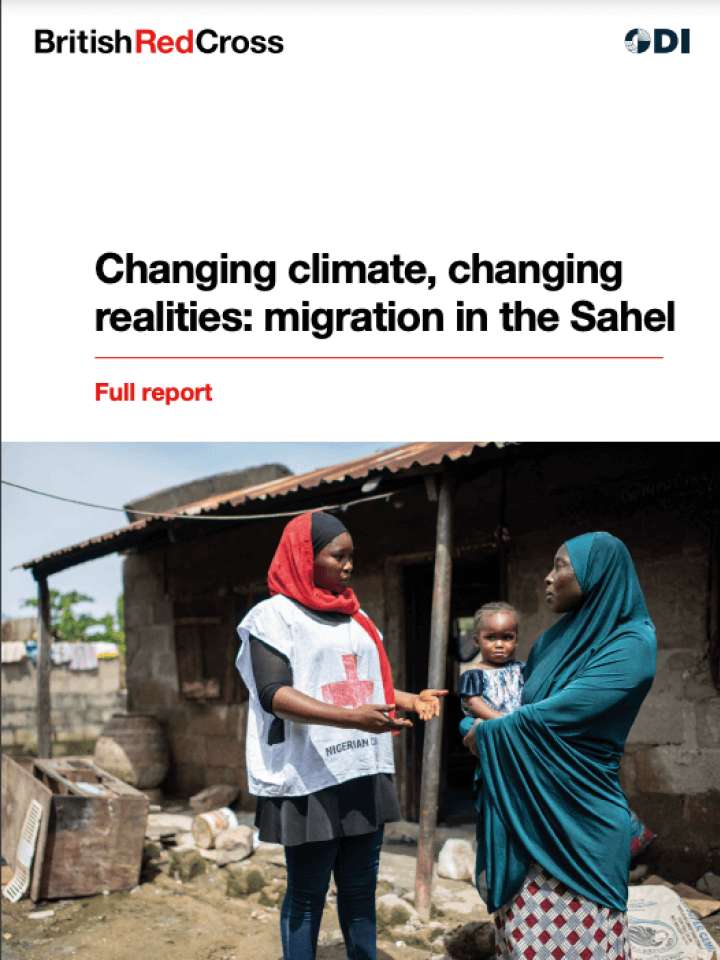Changing climate, changing realities: migration in the Sahel
This research investigates the links between environmental and climate change and migration in the Sahel, with a specific focus on Mali and Sudan. Three broad questions frame this research: How do people perceive the connections between climate change and migration, and what are the needs created by climate change, especially for vulnerable people? How do the population in general, and vulnerable groups in particular, cope with or adapt to the adverse consequences of climate change, and how does migration fit within these strategies? What are the vulnerabilities, barriers, and needs experienced by those who use
Recommendations for national governments, humanitarian actors, regional organisations and international donors include:
- Ensuring that policy frameworks, narratives and programmatic action acknowledge and reflect the complex relationship between climate change and mobility. For example, by promoting the consistent integration of climate-related mobility into policy and legal frameworks, and by strengthening engagement with existing evidence.
- Addressing vulnerabilities associated with climate change and mobility. For example, by strengthening route-based humanitarian assistance to people who migrate internally and regionally in response to environmental and climate change, and by ensuring that support takes into account differential impacts among different groups.
- Supporting adaptation and community resilience strategies within climate vulnerable communities to enable safe and dignified choices – so that mobility remains a choice, but is not the only option. For example, by providing material support for long-term coping strategies and locally-led adaptation initiatives. Other activities include expanding knowledge of and access to early warning systems and climate information, and supporting preparedness for climate-related hazards, responses and anticipatory action.
Explore further
